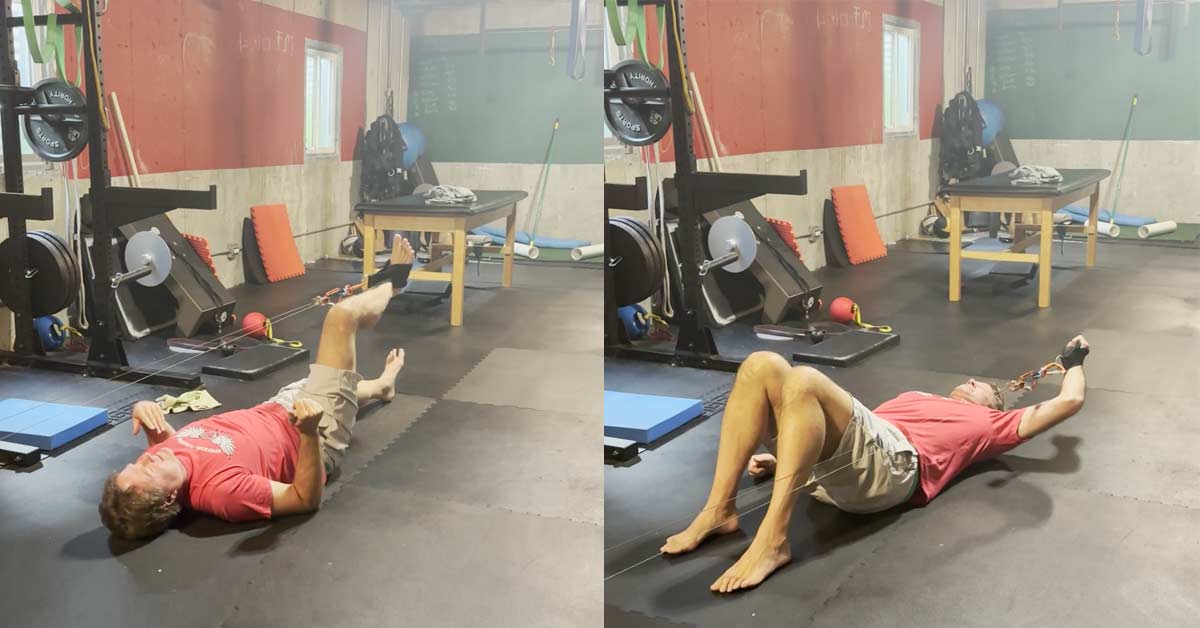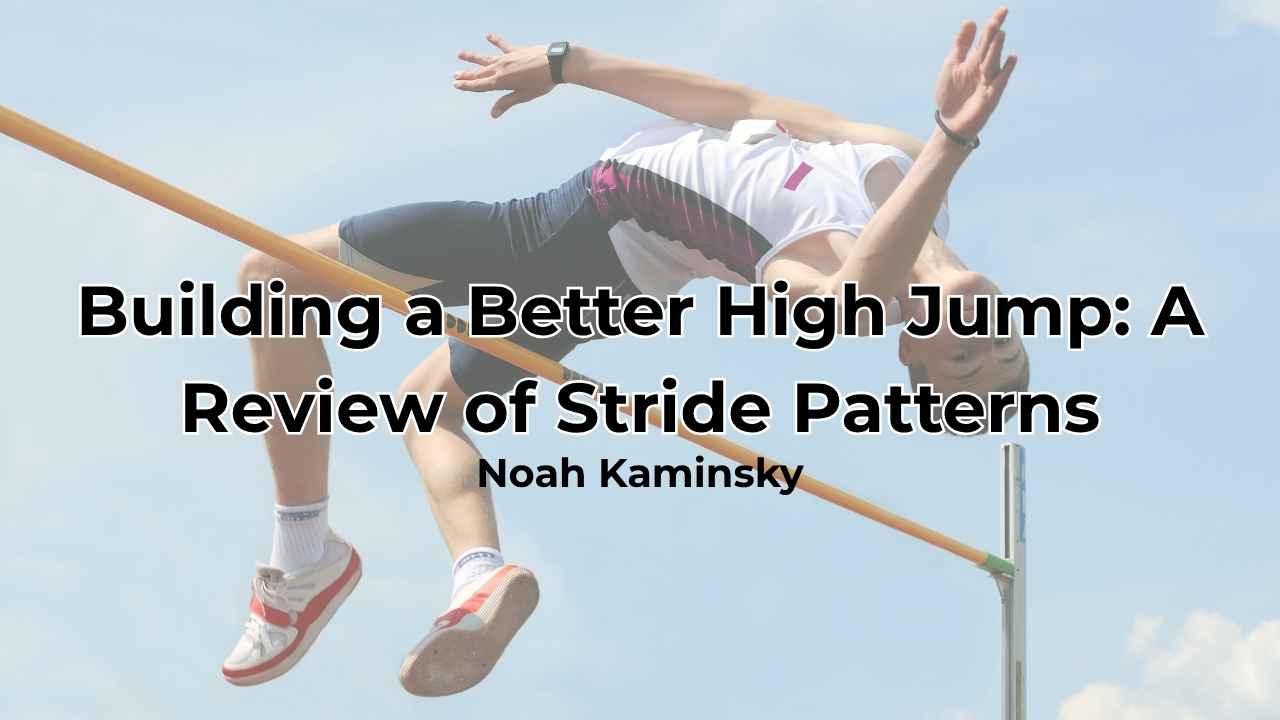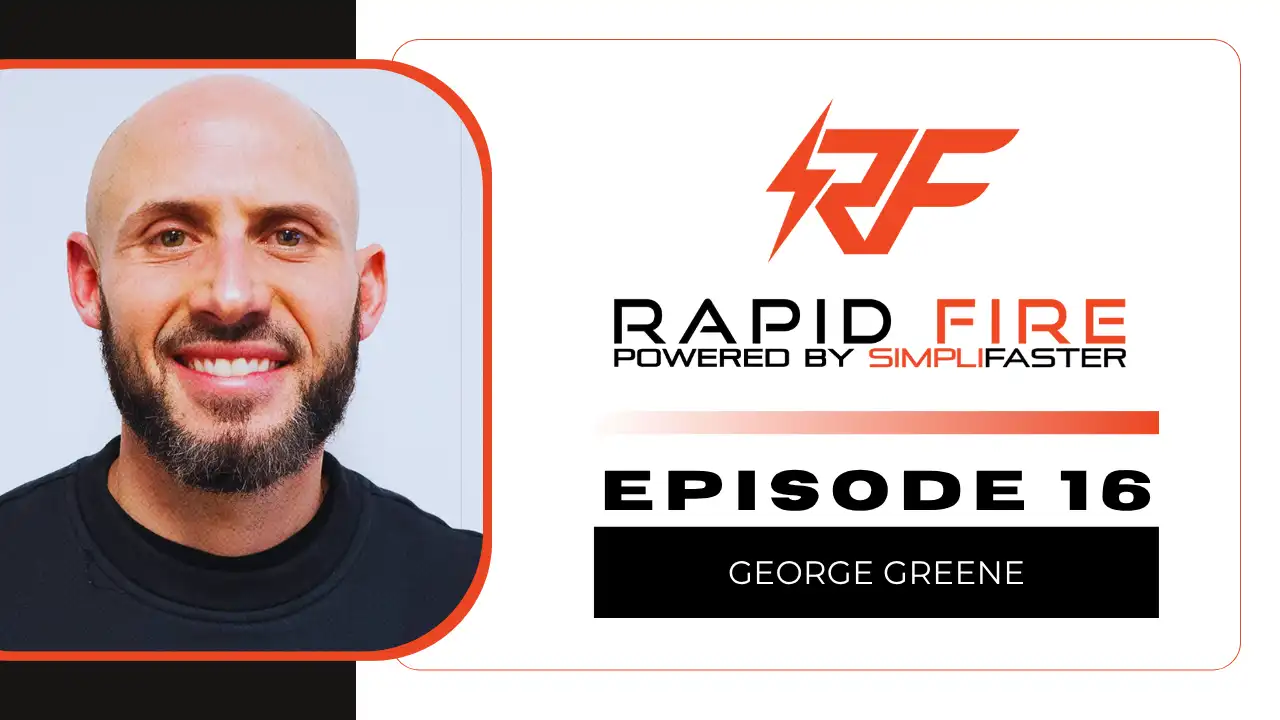I could try to hook you with a let’s think outside the box or use equipment as a tool rather than a workout article, but I’ll keep it simple. I don’t have the money for a 1080 Synchro with two kids in expensive colleges, a slow business period, and, well… it’s just a lot of money. It doesn’t help that I’ve been to the University of Minnesota, where Cal Dietz has two Syncros that are rockin’ all the time, and the results he gets with them are incredible. Jealousy and lust prevented me from thinking clearly, which is why it took me years to realize that I could, to some extent, program the settings on my 1080 Sprint and do some of the same exercises.
It took me years to realize that I could, to some extent, program the settings on my 1080 Sprint and do some of the exercises enabled by the Syncro, says @korfist. Share on XI admit the initial curiosity was more for myself than my athletes. As a 55-year-old who still wants to feel like I’m 25 and is tired of traditional lifting, I thought I would be a great guinea pig to see what I could do. This would mean that I’d have to get out of my comfort zone, start experimenting with electronics, and go outside the box of what I’m supposed to do or what I’m used to doing.
I would have to convert the speed machine I’ve been using for more than a decade and apply it in a different manner.
Beginning with N=1
I started to look at the situation in a force-velocity manner. Again, my investigation was personal: my two favorite things to do are scuba diving and slalom water skiing. While it is hard to get a soft tissue injury while scuba diving (without the help of a shark), getting up on a slalom ski can hit your front leg hamstring pretty hard, and I have seen multiple people pull their hamstring when trying to get up. So, I trained to not be the skier whose vacation is wrecked by a hamstring pull.
I remembered a JustFly podcast where the interviewee thought that hamstring injuries in sprinters sometimes resulted from insufficient focus on the amount of force placed on the hamstring in our exercises. If I wanted to train force, I knew I’d need something that moved very slowly. I knew that the 1080 Sprint had a function that could limit the speed of the line coming out. And I knew it because I always kept it at 14 m/s in gear one. But now, I could bring it down to .3 m/s. With the speed limit, the harder I pushed into the handle connected to the machine, the more force I would create.
Now to come up with a basic exercise to try it—I wanted to start with a glute exercise. I knew that if my glute got stronger, it would support my hamstring. I decided to do a full-range leg press. I put the handle around my foot, put my head toward the 1080 Sprint, and laid on my back. I set the pad and pushed. My first reps were wobbly and sloppy: not smooth at all. By my fourth and fifth reps, I could feel all kinds of other muscles trying to help. My groin was even trying to help. I knew I was weak and could understand what happens when muscles fatigue and how compensation patterns work.
Videos 1 & 2. Lower-body exercises with the 1080 Sprint targeting the hamstrings.
My second exercise was an upside-down, single-leg reverse hyper. I’d lay on my back with my head toward the 1080 Sprint, my foot in the strap, and my leg straight up in the air. The movement would be to bring my leg to the floor, emphasizing the bicep femoris—the one that worries me in my skiing. Again, I went to move the line and got the same results; my leg was all over the place, and my groin became involved by the third rep. Two sets of each were plenty. I felt great when I finished the workout but was mildly sore the next day.
I did a similar workout with my upper body. With my feet toward the machine, I could do a curl into a military press. Or, with my head at the 1080 Sprint, I would pull the handle over my head and move into a triceps push. I had similar experiences with the movements and feelings when I was done with the exercise.
Videos 3 & 4. Biceps curl to military press and triceps push.
Monitoring Progress
I stuck with the protocol and started monitoring the force. Within four weeks, I had a dramatic increase in force output. More importantly, I could feel the muscles working without compensation, and the movement was smooth. I started to gain muscle as well. My clothes fit differently in the important areas.
Within four weeks, I dramatically increased my force output. More importantly, I could feel the muscles working without compensation, and the movement was smooth. I started to gain muscle too. Share on XI decided to try to lift weights to see if I truly did get stronger. What I normally did was now really easy. Even better, I didn’t have the usual neck and shoulder soreness from benching and neck soreness from putting a bar on my back. My typical pattern is to get really dedicated and hurt. This time, my body did what it could without getting hurt.
Over time, I started to change settings to emphasize the eccentric portion of the movement. I could increase the eccentric load and keep the velocity of the line coming back high and fight the machine. Sometimes, this ended with the middle-aged man failing and getting dragged across the floor. But I learned the way the body reacts to this eccentric force—if my body was strong enough, it could absorb the eccentric force, and I could reverse the movement. If I was weaker in the movement, a limb would bend funny to absorb, or it would lock, and I would drag across the floor in the stopped position, which could result in getting pulled over or spun.
But again, as I got stronger, I could absorb more eccentric force. For skiing, that was important to me. I have a 350-hp MasterCraft going full throttle to pull me out of the water: my left bicep femoris has to handle that kind of force.
Video 5. Being pulled by the line.
Expanding the Experiment
If you’ve made it this far, you’ve been waiting for the speed development stuff, right?
Yes, I did start experimenting with my athletes. For a two-week break in the middle of track season, we shifted to a force development workout for hamstrings to take a break from all of the hamstring velocity work of an indoor track season. When track was over, we started tracking data on various hamstring exercises, including traditional leg curls and what I call “hamstring slices,” which I’ve been talking about all summer in conjunction with Ken Clark’s research.
As you can probably figure out, the faster the athlete, the more they can produce in my upside-down reverse-hyper and leg curl. But what is interesting is that while some athletes have similar numbers in the exercises (but their sprint times are different), they all generate their force differently.
What is really cool about the 1080 Sprint products are the graphs generated with each rep. I have learned that faster athletes generate most of their force immediately in the rep, and the slope of the graph declines over time. Slightly slower athletes generate their force as they get moving. Slow athletes have a graph that looks like a silhouette of the Rocky Mountains.
In some cases, you can see this as a general nervous system strategy, as the graph shows in every movement. As they improve and the graph becomes more constant, they run faster. If you come to a TFC, I will show you all of the ways I train for these qualities.
By the way—I didn’t pull a hamstring waterskiing.
Since you’re here…
…we have a small favor to ask. More people are reading SimpliFaster than ever, and each week we bring you compelling content from coaches, sport scientists, and physiotherapists who are devoted to building better athletes. Please take a moment to share the articles on social media, engage the authors with questions and comments below, and link to articles when appropriate if you have a blog or participate on forums of related topics. — SF






